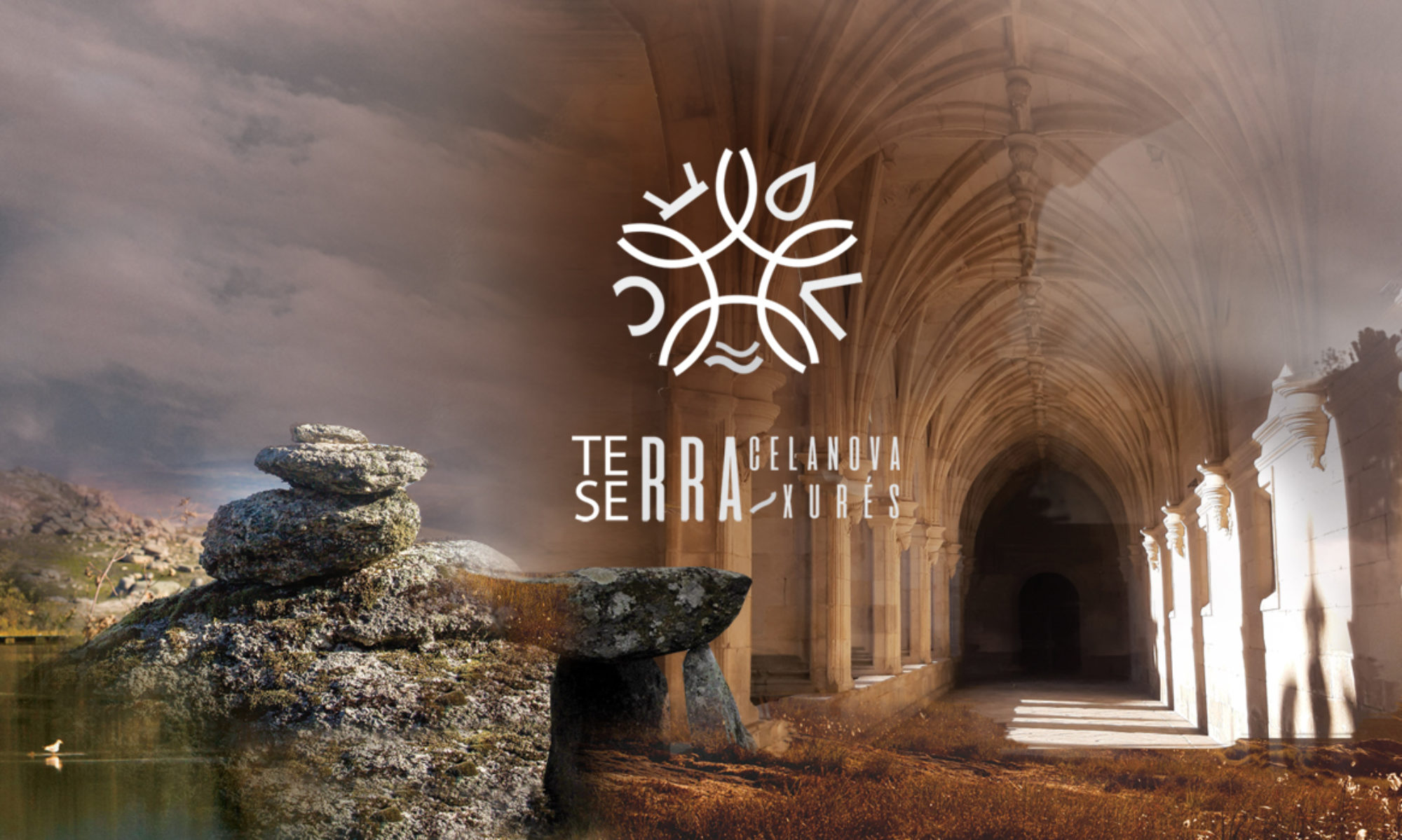Castromao
The archaeological site of Castromao is one of the main references of the culture of the castros of the northwest of the peninsula, both for its long presence in time (at least from the 5th century B.C. until the 2nd century A.D.), and for the wealth of documents that came to light from the successive excavations and researches carried out over time by some of the most prestigious archaeologists and historians of contemporary Galician history.

Ramirás
The traveller will not know the name of Ramiras. However, he will have to go a little further into this municipality to realise that, orographically, Ramirás is synonymous with the valley. A valley of gentle hills that is watered by the river Arnoia on the way to the horizon and the sea.
A valley that has its preferential watchtower in the heights of the Silvaoscura mountain range, with two preponderant viewpoints on its slopes: those of San Paio dos Pitos and San Adrián, from which the traveller can contemplate the course of the river and the beyond in just one glance, for example, the Novelle, Trelle or Castromao reserves, all of which are vestiges of ancestral cultures.

Ramirás also has some legends that help to increase its attractiveness. The first and fundamental one has to do with the foundation of its “mosteiro”, that nowadays gives us in sobriety the other example of Romanesque that is conserved in the region and that in another time was a place of welcome for the old abbess of Santa Comba de Bande, the nun Onega, co-protagonist of a history “that first was licit, to the means was dishonest and to the ends scandalous” with her lover Odoyno, and that well could be a plot for a movie.
And to be told, it even has the Virgin of Guadalupe, in the corner of Abeledo, at the foot of the river Arnoia. As well as what is left of “A levada” from Paizás, an example of water management, the work of the monks of Celanova, and which testifies to the agricultural wealth of the valley.
Celanova
From the top of the Casa da Neve, Celanova opens up to the eyes of the visitor as the tourist route with the greatest didactic capacity in Ourense, offering at the same time the placidity of an excellent geography with the teaching candidness of a history that teaches without being disturbed.
No more and no less than five thousand years are those that humanity has left captured in the indelible canvas of a land that inspires, above all, the capacity for calm and contemplation, for walking and literature, for stone and the word.

The Neolithic myth in the petroglyphs of Freixo The native claim of the Castro culture, in Castromao. The bloodless Roman colonization reproduced in the Tábula and that gives way to the walker on the Arnoia in Pontefreixo. The emptiness of the Swabian period. The commotion of the Middle Ages with its headquarters in the Mozarabic town of San Miguel, in the medieval village of Vilanova or in the secular silence of Milmanda. The slow and powerful evolution of monasticism founded by St. Rosendo (“I leave you a wonderfully built work”). The history and the legend intertwined in the Virgin of the Crystal (now disappeared). And the leap to modernity of the three cultures to which the poets ended up giving voice… All of this coexists today in a space that fits in a handkerchief and that cannot respond to any other name than “Onde o mundo se chama Celanova”.





